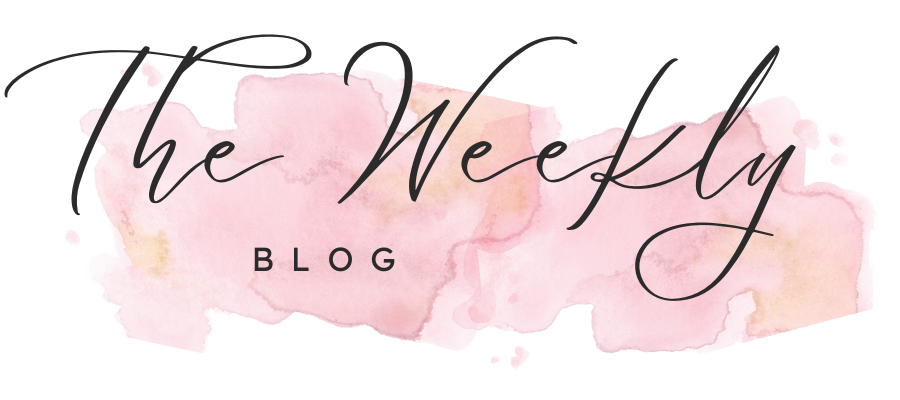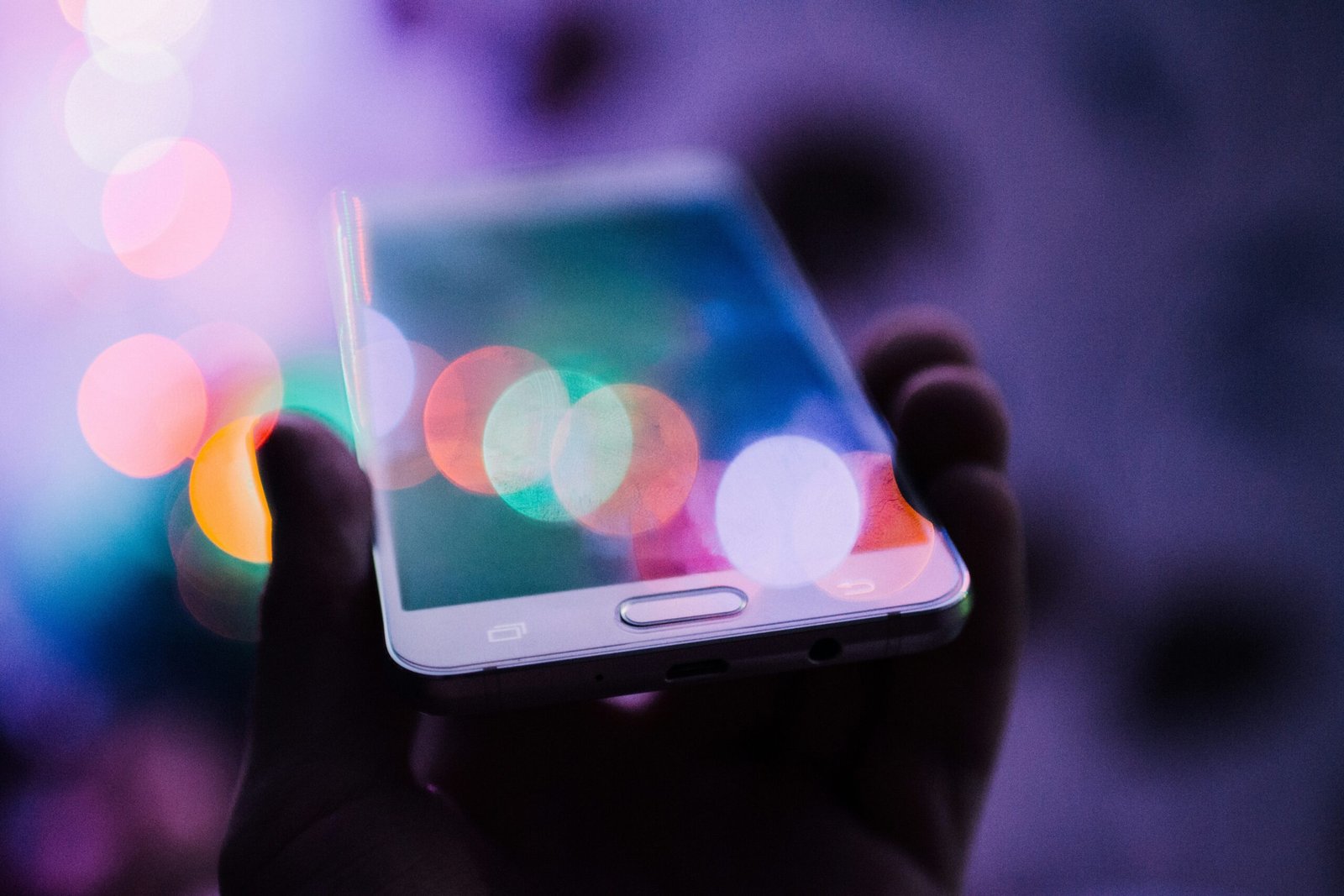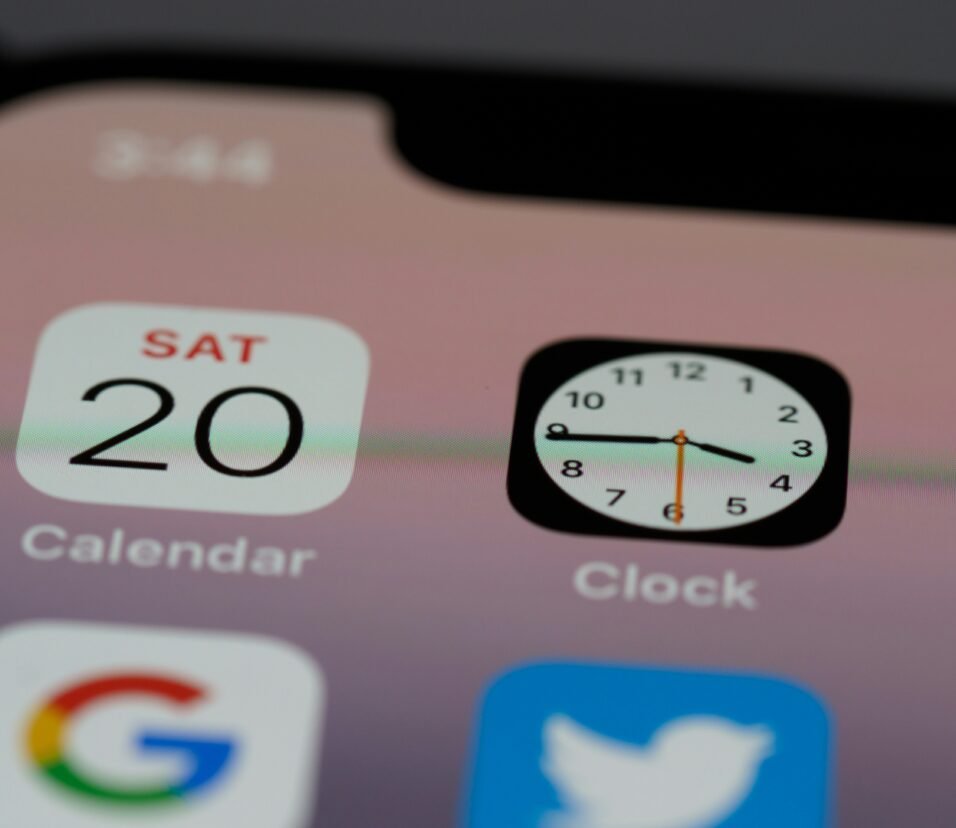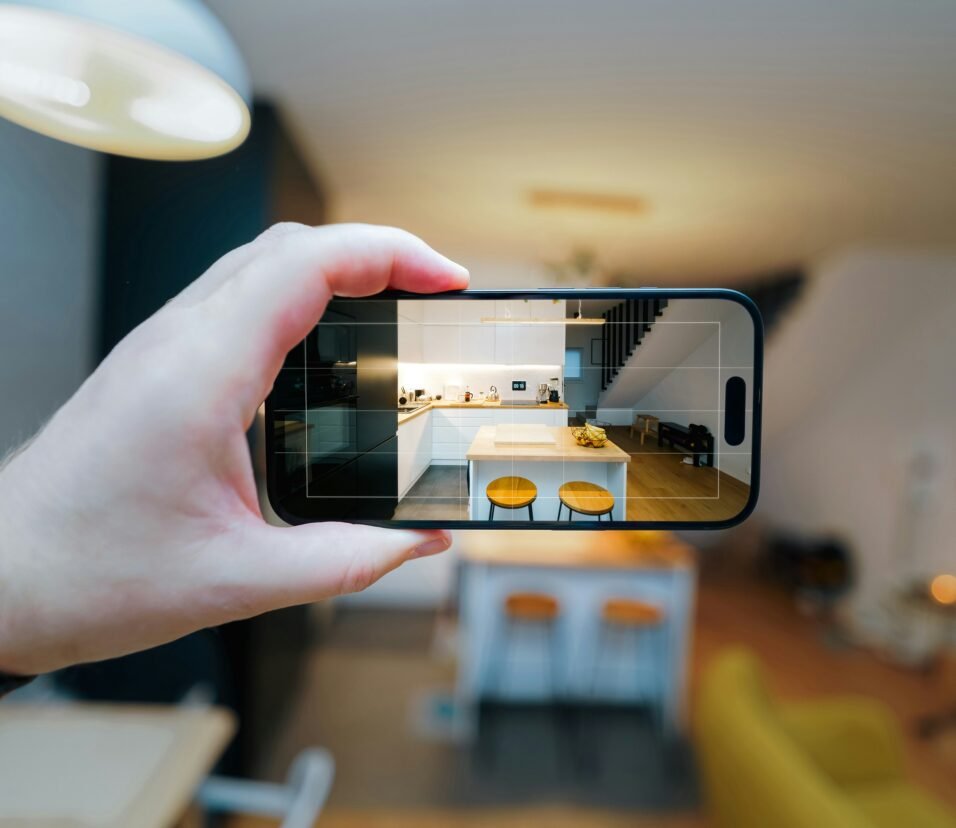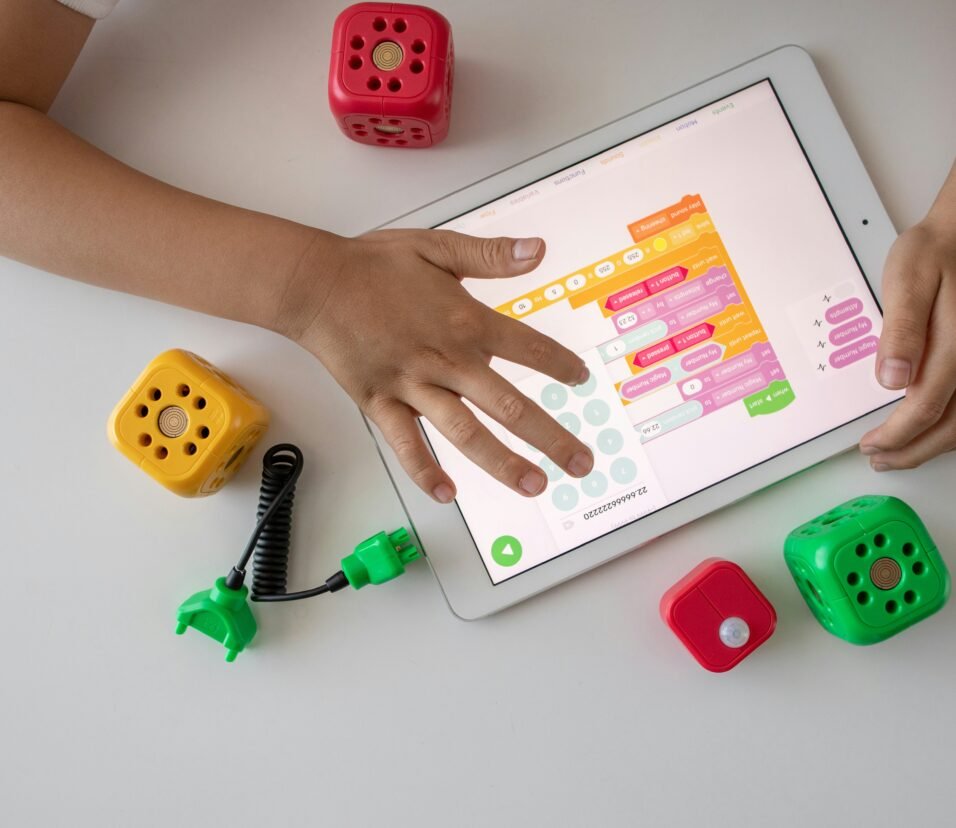How App Design Trends Are Shaping User Experience in 2025
App design in 2025 is more than just aesthetics—it’s about delivering intuitive, delightful, and emotionally resonant experiences. As users grow more tech-savvy and demanding, successful apps are those that not only look good but also feel good to use.
Design trends today are being shaped by emerging technologies like AI, AR/VR, and voice interfaces, as well as a broader shift toward ethical, inclusive, and human-centered design. In this post, we explore the biggest app design trends of 2025 and how they’re redefining user experience (UX) across platforms.
🌟 Key App Design Trends Shaping UX in 2025
1. 🧠 AI-Driven Personalization
- What’s happening: Apps now adapt to individual user behavior in real time.
- UX Impact: Users are served content, layouts, and features based on their preferences and routines.
Example: Fitness apps that adjust goals based on sleep, stress, and schedule without needing manual input.
✅ Design Tip: Use AI subtly—users should feel supported, not surveilled.
2. 🌘 Dark Mode & Adaptive Themes
- What’s happening: Users expect control over visual modes—light, dark, high-contrast, and beyond.
- UX Impact: Increases comfort, reduces eye strain, and improves battery life on OLED screens.
Example: Apps that shift themes based on time of day or ambient light using device sensors.
✅ Design Tip: Ensure contrast and accessibility across all theme variants.
3. 🪟 Glassmorphism & Neumorphism (Subtle Evolution)
- What’s happening: Semi-transparent layers and soft shadows are evolving into a hybrid minimal-3D look.
- UX Impact: Adds depth and modernity without sacrificing usability.
Example: iOS and macOS UI elements, which blend frosted glass and light 3D accents to guide focus.
✅ Design Tip: Use sparingly for focal components like buttons, cards, and modals.
4. 🗣️ Voice and Gesture Integration
- What’s happening: Interfaces are being designed for non-touch interactions like voice, swipe gestures, and eye tracking.
- UX Impact: Opens up usability for multitaskers, drivers, and users with disabilities.
Example: Voice-activated banking apps that complete transfers or check balances hands-free.
✅ Design Tip: Provide visual feedback for every voice or gesture action.
5. 📦 Modular & Card-Based Layouts
- What’s happening: Content is broken into scrollable cards or modular blocks.
- UX Impact: Simplifies navigation, enhances scanability, and fits multiple screen sizes.
Example: News apps, travel apps, and dashboards that use swipeable cards for fast info access.
✅ Design Tip: Each card should function independently and adapt to various screen breakpoints.
6. 🧭 Micro-Interactions & Motion Design
- What’s happening: Small animations and tactile responses guide users subtly.
- UX Impact: Increases engagement, shows app responsiveness, and builds emotional connection.
Example: A heart icon that bursts when tapped or a loading animation that reassures progress.
✅ Design Tip: Use motion to explain, not to impress. Speed and subtlety are key.
7. 📐 Adaptive UI for Foldables & Wearables
- What’s happening: Apps now need to perform across phones, foldables, smartwatches, and AR glasses.
- UX Impact: Contextual layouts and resizable components improve usability everywhere.
Example: Messaging apps that adapt from vertical to wide layout when a foldable phone opens.
✅ Design Tip: Design with device posture in mind—not just screen size.
8. 🌎 Inclusive & Ethical Design
- What’s happening: Accessibility is no longer optional. Apps are embracing neurodiverse-friendly interfaces, gender-neutral language, and colorblind-safe palettes.
- UX Impact: Broader reach, higher retention, and more trust from users.
Example: Apps with dyslexia-friendly fonts, screen reader support, and inclusive avatars.
✅ Design Tip: Involve diverse users in testing to catch bias early.
9. 🔄 Continuous Onboarding & Contextual Help
- What’s happening: Instead of static tutorials, apps now teach as you go.
- UX Impact: Reduces friction and helps users master complex features over time.
Example: Tooltips and nudges that pop up only when a user first interacts with a new feature.
✅ Design Tip: Keep it short, timely, and dismissible.
10. 🤝 Humanized AI Elements
- What’s happening: Chatbots, recommendations, and even system alerts are now conversational and empathetic.
- UX Impact: Makes digital experiences feel more approachable and less robotic.
Example: A finance app gently reminding you to stay within budget with encouraging tone and emojis.
✅ Design Tip: Align tone with brand personality—but stay transparent about AI involvement.
📱 Examples of UX Leaders in 2025
| App/Platform | What They’re Doing Right |
|---|---|
| Spotify | Context-aware music curation & smooth gesture UI |
| Notion | Modular design + real-time team collaboration |
| Duolingo | Playful micro-interactions & gamified onboarding |
| Google Maps | Contextual AR overlays + adaptive layouts |
| Headspace | Emotionally intelligent UX + voice-first design |


